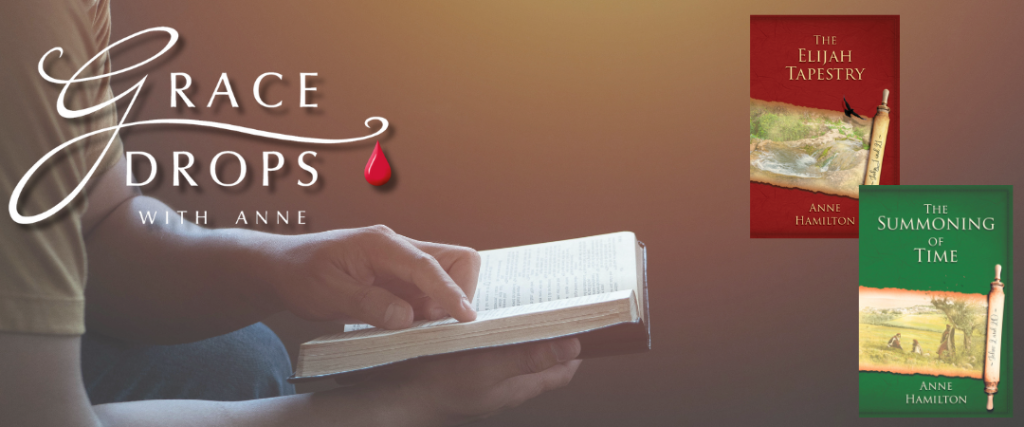Last session, we looked at how Nicodemus was involved in the repair of Moses’ mantle—how he participated in the mending of the rebellion of Moses against God in a matter involving a miraculous supply of water.
Now there are three episodes featuring Nicodemus in John’s gospel—the first is where he comes to Jesus by night and learns of the new birth in water and the spirit, the second where he defends Jesus against His detractors, and the third is where he helped to bury Jesus. He was present at the crucifixion and he supplied a hundred litra of myrrh for the body in the tomb. The first and third incidents are actually placed in a chiastic formation, that is, they are mirror-positioned at the front and the back of John’s gospel. That’s a hint to indicate they are thematically linked, that the new birth involves the death of Jesus on the cross.
Although it doesn’t explicitly say so, it is implied that Nicodemus witnessed the piercing of Jesus’ side when water and blood gushed out. The Greek word for blood used to describe this flow is an ambiguous one: it can also mean spirit. Water and spirit were the very things Jesus had used in His explanation of the new birth. And as Nicodemus was reminded of that, no doubt he was confused. When was anyone ever born through the pierced side of a man? And then it would have hit him: there was once, just once, in all history when this had happened before—when Adam’s bride, Eve, was taken from his side.
Nicodemus would have realised he had just witnessed the birth of the new Eve, the Bride of Christ. Indeed, Jesus’ last words, ‘It is finished!’ have a double meaning in Aramaic. They were the cry of a bridegroom at the consummation of a marriage. And because, for a traditional wedding, myrrh, nicknamed ‘oil of joy’, was considered essential at that moment, Nicodemus must have scoured Jerusalem for every last drop.
When we enter by faith into that wound in Jesus’ side, we are born again and become the Bride of Christ. When the people of Israel went to Mount Sinai, God proposed a marriage covenant to them. It wasn’t a contract with stipulations for mutual withdrawal, it wasn’t a pact that ended when those who’d agreed to it died, it was a covenant covering all generations to come. And although the people accepted it, they were faithless right from the start. Moses himself accepted the covenant at Sinai but not the covenantal name exchange God offered that would identify him with the Hebrews, not the Egyptians. Moreover Moses’ grandson would destroy the tribal unity he had worked forty years to attain.
But the unity Jesus prayed for His disciples to experience and that He won for us at the Cross can be obtained by grace, simply by reaching for it through repentance and forgiveness.
This is Grace Drops and I’m Anne Hamilton. May you be unified with Jesus of Nazareth in the Body and the Bride.

Thank you to Lorna Skinner of www.riversofmusic.co.uk for the background music.
Moses’ mantle will be featured in The Lustral Waters: John 3 and 19: Mystery, Majesty and Mathematics in John’s Gospel #3. Available late 2024.


I was blessed to listen to it Anne.